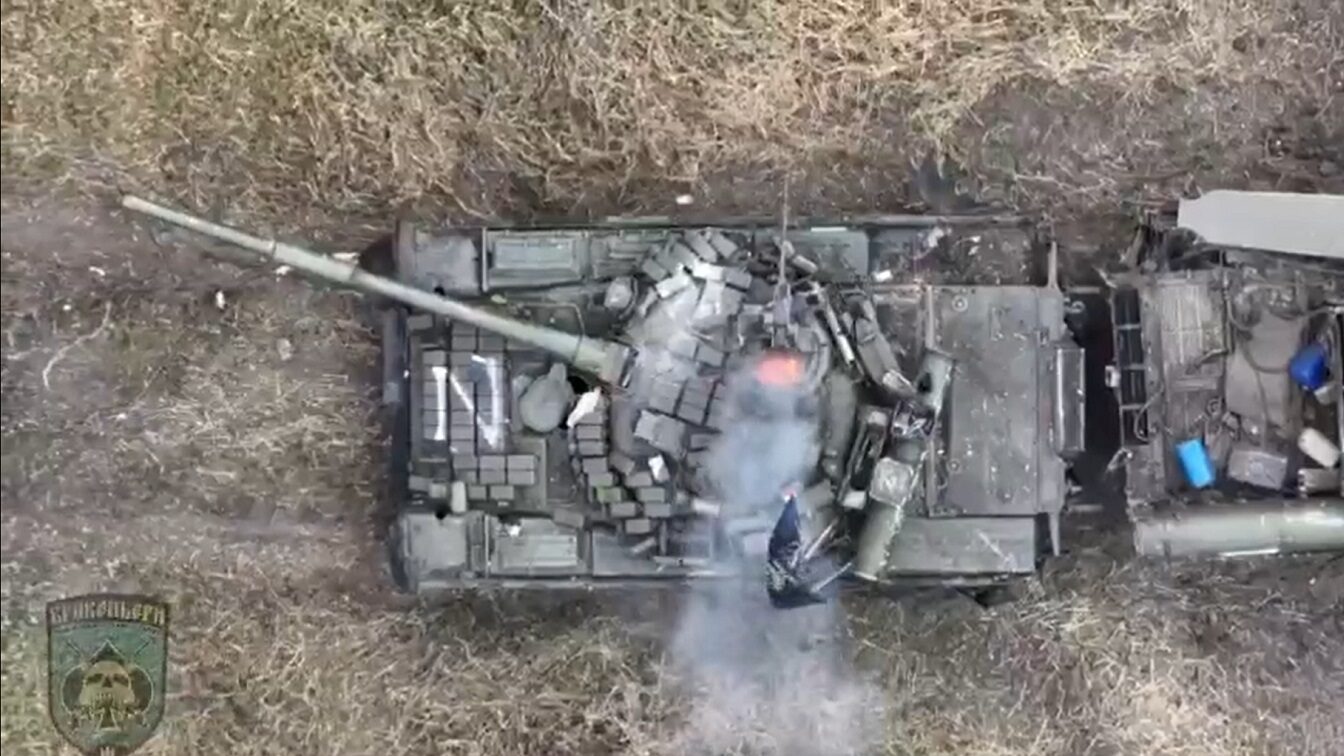Some people still believe that Russian strongman Vladimir Putin had no intentions to conquer Ukraine when he invaded on February 24, 2022.
Sorry to be a spoiler, folks, but there is now concrete evidence of his wanting to partition Ukraine after his puppet Viktor Yanukovych became Ukraine’s president thirteen years ago—in 2010.
In a March 13th interview, Oleg Tsarev—an authoritarian par excellence, a rabid admirer of Putin’s fascist regime, and one of Yanukovych’s key supporters in his Party of Regions, stated the following in response to his interlocutor’s suggestion that he had heard of a Russian scheme to partition Ukraine in 2014, during the Maidan Revolution:
“This was discussed much earlier. I’ll tell you something that I’ve never told anyone before. I held in my hands a document developed by analysts of the Party of Regions, which considered the scenario of Yanukovych’s lifelong presidency. It was obvious that by building friendly relations with the Russian Federation it would be realistic to achieve economic growth and raise the standard of living. Two presidential terms, a change in the Constitution, two more terms… And the only threat to the implementation of these plans was seen as Western Ukraine, which would always undermine the situation throughout the country and do everything to prevent such a scenario from being realized. And then a plan was drawn up according to which Tyahnybok, who received money, including from the cash desk of the Party of Regions, would begin to advocate for the separation of a number of western regions into an autonomous entity that did not support the central government. Well, the central government would have to “reluctantly” agree. So, events could have gone like this.”
Several points need to be made.
First, Tsarev knows what he is talking about. As a high-ranking member of the Party of Regions and leading advocate of Russia’s plans to seize Crimea and the Donbas, he would have had access to the kind of document he mentions.
Second, the Party of Regions would not have dared to embark on such a plan without the approval of the Kremlin. The Party’s plan for dismembering Ukraine would have been Putin’s plan.
Third, note that a central component of the plan was transforming Yanukovych into a lifelong dictator. His opponents—including me—claimed that this was his goal all along. Whatever veneer of democracy Yanukovych and his American advisor, Paul Manafort, displayed was just that—a veneer. The Maidan Revolution was exactly what its supporters said it was: a popular uprising against a dictator.
Fourth, Tsarev states that Oleh Tyahnybok, the head of the right-wing Svoboda (Freedom) party and the bogeyman of the Western left, was on the Party of Regions’ payroll. So much for Russian claims that Ukraine abounds with homegrown neo-Nazis.
Finally, such elaborate plans aren’t developed overnight in the form of a Pauline conversion. Both Yanukovych and his henchmen and Putin and his surely began hatching their schemes many years earlier—no later than 2005, when Putin claimed that the fall of the Soviet Union was the “greatest catastrophe of the 20th century,” and possibly as early as 1999, when Putin assumed control of Russia.
Is it unrealistic to believe that the Kremlin has prepared similar scenarios for Belarus, Moldova, Armenia, Georgia, and Kazakhstan?
And perhaps even for Estonia, Latvia, and Lithuania?

